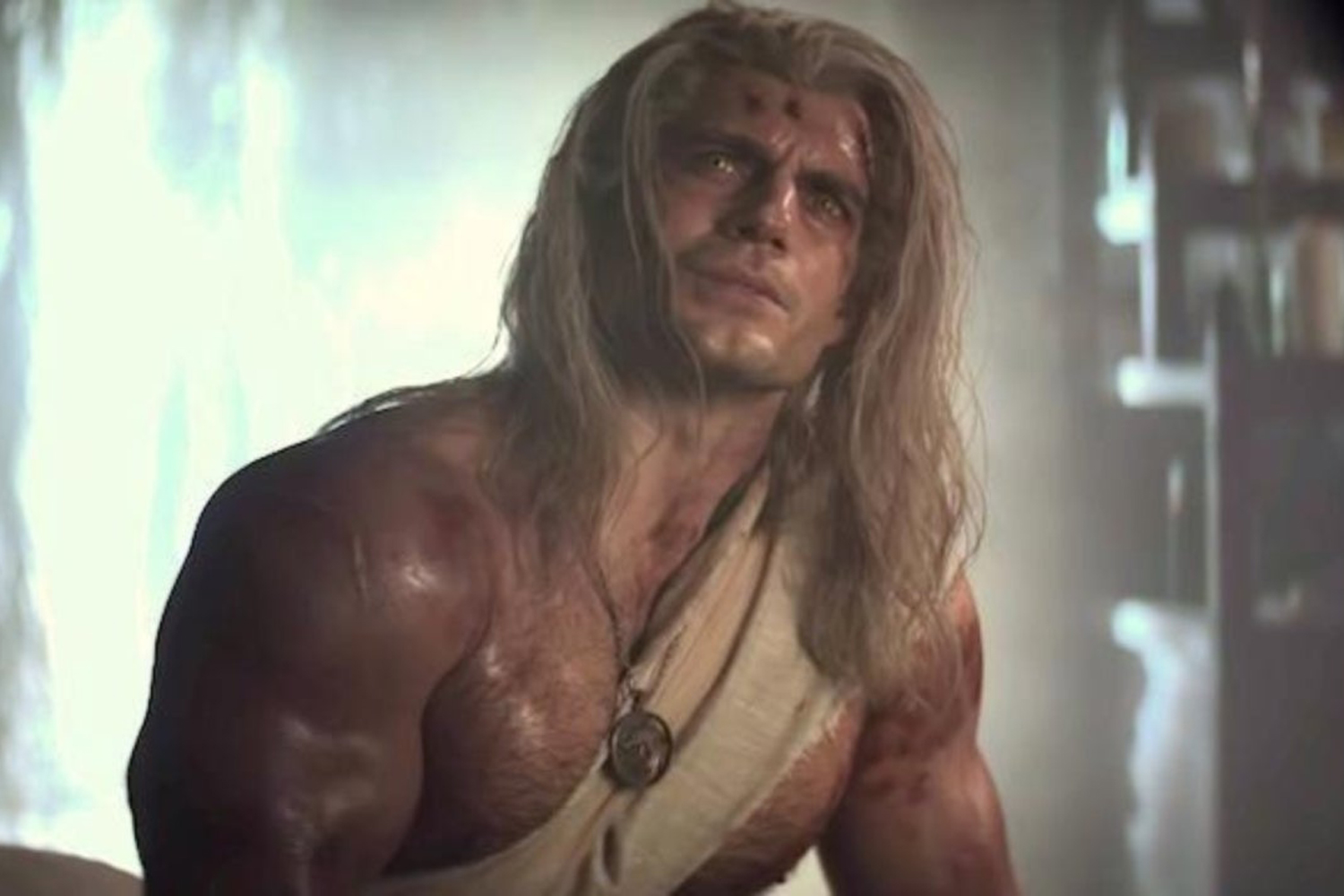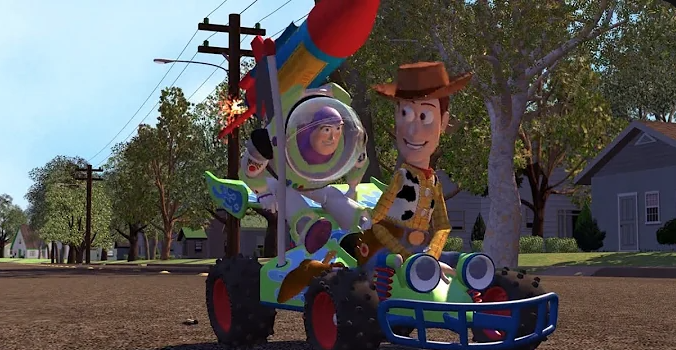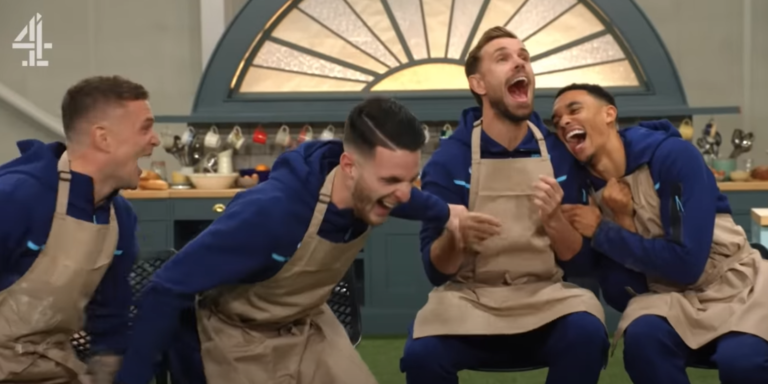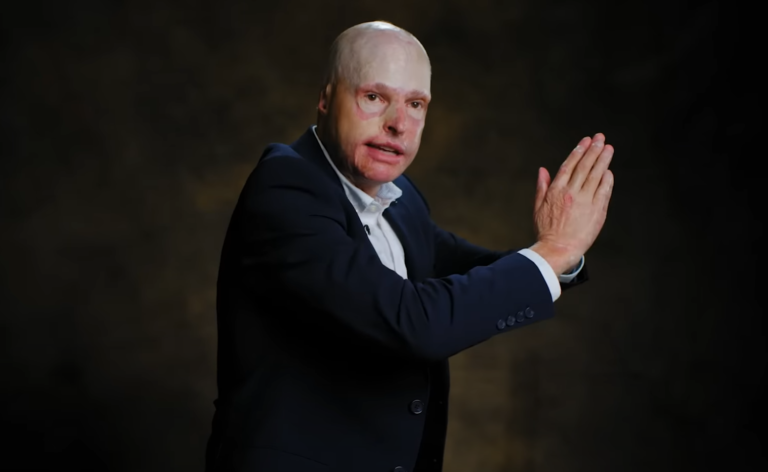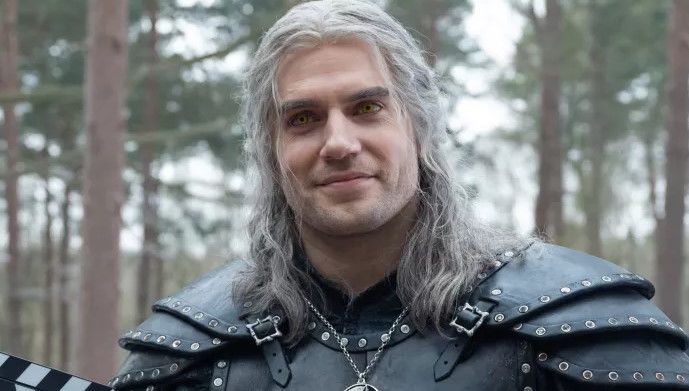
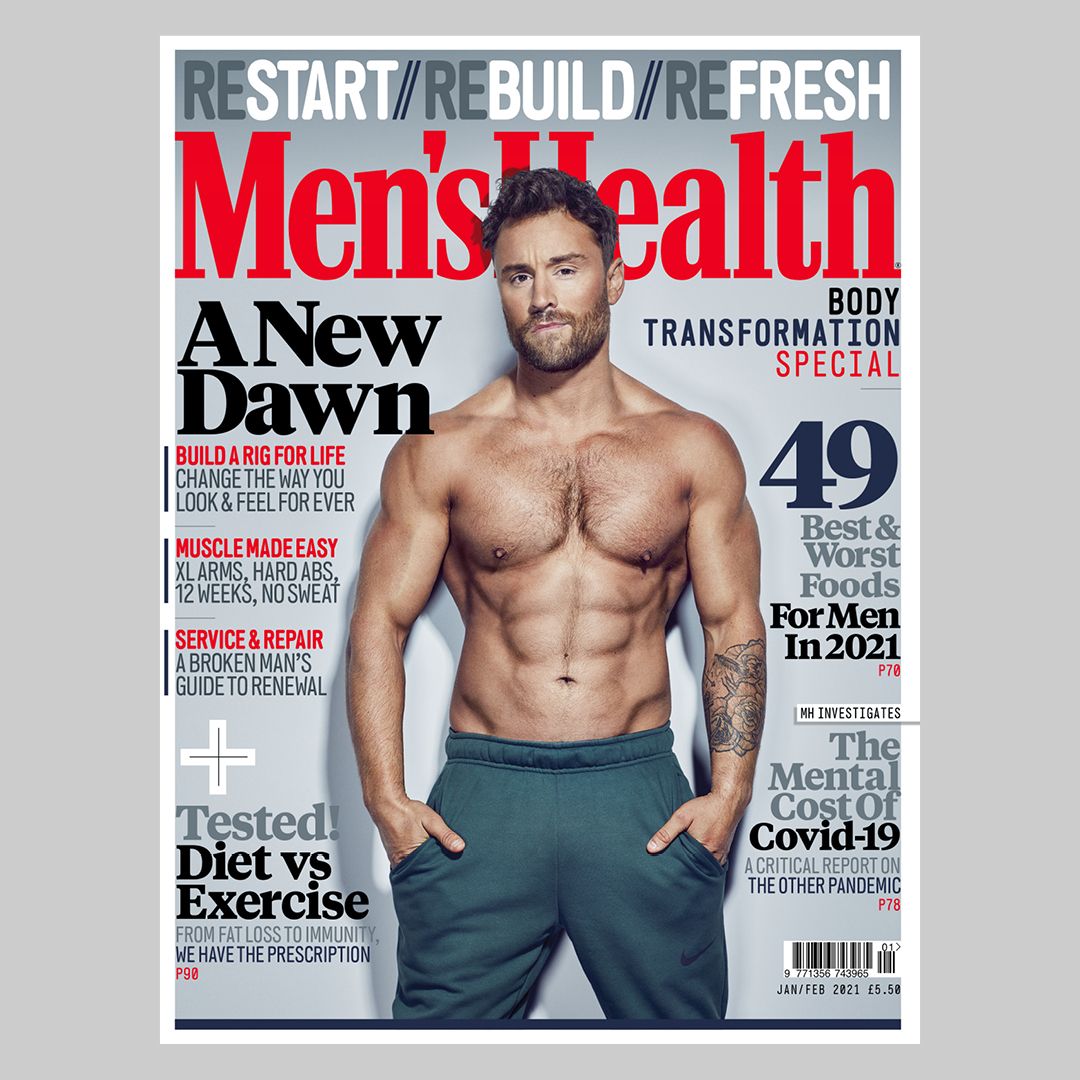
Star of ‘The Witcher‘ and the Superman franchise, Henry Cavill shows off the workout he used to build his shoulders and hamstrings to play a sword-wielding demon hunter. He’s trained by legendary strength coach Dave Rienzi, who also trains the Rock.
Men’s Health is a NYC based health magazine brand for men and focuses on fitness, nutrition, health, sex, style, grooming, tech, weight loss, and more.

Time's up
Intro
(upbeat rock music)
Hi everyone, I’m Henry Cavill, and I play Geralt of Rivia in The Witcher. I’m here today to talk about some of my training and how it has differed over the years, especially from movies like Immortals and Superman up until now in The Witcher. I am going to show you some of my movements with my trainer that apply to my weights regime. Every morning, I started with fasted cardio and then did a weight training regime, which I fit in whenever my schedule allowed. Now, I am going to show you some of those movements.
(upbeat pop music)
Romanian Deadlift
This is my trainer Dave Rienzi, and he has guided me through a couple of years now of various programs. For The Witcher in particular, we had to focus on things that would support the level of stunt work that I was doing.
Absolutely, and with all the stunt work he’s doing, the key foundation movement we’re going to incorporate is the Romanian deadlift to strengthen the posterior chain. He’s doing a four-second negative with this, a two-second pause at the bottom, and then coming back up and contracting the glutes. The key here is maximising time under tension so he can fatigue the muscles more without over stressing his nervous system and adrenals.
Yeah, which helps because the days are long. It’s important for me as an actor to go through all of this, whether it be in the morning or evening, and still have the ability to come to set and perform to the highest level. I need the endurance to do all the stunts without getting injured and the neurological capacity to be a great partner to my show runner.
He’s doing a four-second negative with this, a two-second pause at the bottom, and then coming back up and contracting the glutes. We also use a hip circle above his knees. This helps activate his glute medius, keeping the glutes activated and fired the whole time.
(light techno music)
Hyperextension
The next exercise we utilise is the hyperextension. We’re actually doing this on a glute ham machine, which is more challenging than a traditional hyperextension machine. Here, we focus on isolation, really contracting the glutes at the top and holding each repetition for two seconds. We’re continuing the conversation of making sure the posterior chain is as strong as possible.
When it comes to the posterior chain and the stunts I have to do, especially when it’s pirouettes with swords or anything involving one-leg movement, where a knee injury is a risk if you don’t have the right muscles engaged, this stuff is what saves me.
The focus here is again on isolating the posterior chain, really activating the glutes and lower back. He’s performing the repetitions by pausing at the top for two seconds and really squeezing and engaging those glutes. His hands are behind his head, which makes the movement a bit more challenging and engages more of the erectors as well.
(bright rock music)
Core Strength
Another key to Henry’s training is focusing on core strength. In this movement, we’re doing an oblique static hold. He’s extending his arms, holding his core tight, and this allows us to activate the transverse abdominals and the obliques at the same time. He’s also keeping his glutes engaged. By extending his arms out and then inward, he’s making the movement even more challenging. Typically, he’ll hold it out here for about 30 seconds and then move into extensions.
With this, especially, it helps with endurance when I have to do a fight scene over and over again with a sword. If I’m using a real, weighted sword, it’s very heavy and requires lots of endurance to do the moves safely and perfectly each time. It also allows for nice explosive movement, which is very typical for The Witcher.
(intense rock music)
(upbeat rock music)
Shoulder Strength
For this role, Henry needed to do a lot of sword fighting. With the sword fighting, the key focus of the training was the shoulders, ensuring they were strong and had muscular endurance. This movement here is a variation of side laterals and front raises. Each repetition is actually three repetitions. He’s starting with the traditional side lateral for the first rep, then coming a little further forward for the next one, and then doing a traditional front raise for the next one. This allows us to target the medial deltoid and the anterior deltoid in one movement.
As Dave said, this really helps with the sword fighting aspect. Swords are typically very heavy, and when you’re using them all day long, every day, it helps to have muscular endurance in the shoulders and the strength to move in explosive movements. It also helps with control because when you’re film fighting, you are not going for kill strikes. You’re pulling the blow at the last second but have to keep that speed up between the striking moment and the stopping moment to make it look realistic. The extra strength and endurance in the shoulders really helps with that.
He’s starting with the traditional side lateral for the first rep, then coming a little further forward for the next one, and then doing a traditional front raise for the next one.
(upbeat rock music)
Sword Strength
This exercise we’re performing here is a dumbbell curl alternating from a static hold.
Yeah, for the sword work in particular, what this really helps with is my forearms. That constant time under pressure, when you’re holding a sword, the first few takes are fine, but when you’re into take 16 of the day and doing complex movements with your wrists, your forearm starts to tire, and you might end up throwing swords across the room rather than making a swing. So, it makes a big difference to have muscular endurance in the forearm, especially. With horse riding, this can also make a difference because if you have a particularly powerful horse, like a stallion, it helps to have extra strength to handle it.
What’s unique about this exercise is that it allows us to keep the biceps under tension for a longer period. It helps us get more activation out of the forearms and continues working on the muscular endurance that is so important for his role.
(light rock music)
Conclusion
Right everyone, well that’s it. What we’ve shown you today has been a selection of moves, not a specific workout, but moves that we incorporate into workouts depending on which muscle group or muscle groups we’re focusing on that day. The most important thing to remember is that you are you. Everyone has a different genetic makeup, is at a different stage of fitness or training, and has a different amount of calories going in. So, you do you and make sure each workout is the hardest you can do. Don’t look at the person next to you; just focus on whether you worked as hard as you could in that workout.
- Fasted cardio: Idiomatic expression referring to performing cardio exercises on an empty stomach. Example: “I prefer fasted cardio in the morning.”
2) Fit in: A phrasal verb meaning to find time for something. Example: “I try to fit in a run before work.”
3) Incorporate: A verb meaning to include or integrate. Example: “I incorporate stretching into my routine.”
4) Maximising: A verb meaning to make the most of something. Example: “I focus on maximising my gains.”
5) Go through: A phrasal verb meaning to endure or experience something difficult. Example: “She had to go through many challenges to succeed.”
6) End up: A phrasal verb meaning to eventually reach a certain outcome. Example: “We ended up staying longer than expected.”
7) Work out: A phrasal verb meaning to exercise. Example: “I like to work out in the mornings.”
8) Contract: To become shorter and tighter, generating force and causing movement. Example: “When you lift a dumbbell, your biceps muscle contracts, pulling your forearm up.”
9) Isolate: To target and work on a specific muscle or muscle group without engaging others. Example: “Leg extensions are a great way to isolate the quadriceps during your workout.”
10) Extend: To lengthen a muscle or limb by straightening it, increasing the angle between body parts. Example: “During the tricep workout, you should fully extend your arms to maximize the stretch.”
11) Engage: To activate or recruit a muscle or group of muscles during an exercise. Example: “Engage your core while doing planks to stabilize your body and protect your lower back.
12) Fatigue: The temporary reduction in a muscle’s ability to perform work, often due to overuse or lack of energy. Example: “After several sets of heavy squats, your leg muscles might start to fatigue, making it harder to maintain good form.”
13) Activate: To initiate muscle contraction or to start using a particular muscle or muscle group during an exercise. Example: “Before starting your workout, do a few warm-up exercises to activate your glutes.”
14) Endurance: The ability of a muscle or group of muscles to sustain repeated contractions or maintain a force for an extended period. Example: “Building muscular endurance is essential for athletes who need to perform at a high level over long periods.”
15) Hold: To maintain a position or contraction in a muscle for a set period during an exercise. Example: “In the plank exercise, you hold your body in a straight line for as long as possible to challenge your core muscles.”
- Do you exercise much? If so, what do you do to keep fit?
- How important is exercise for you?
- Do you do exercise more for health or for aesthetics?
- Is there a famous person, like an athlete, actor or singer etc who has your ideal body?
- Have you ever tried personal training? If so, did you like it? If not, would you like to try it?
- How has gym culture changed in your country over the past 10 years?
- Do you feel that there is more pressure today to work out and have a good physique?

